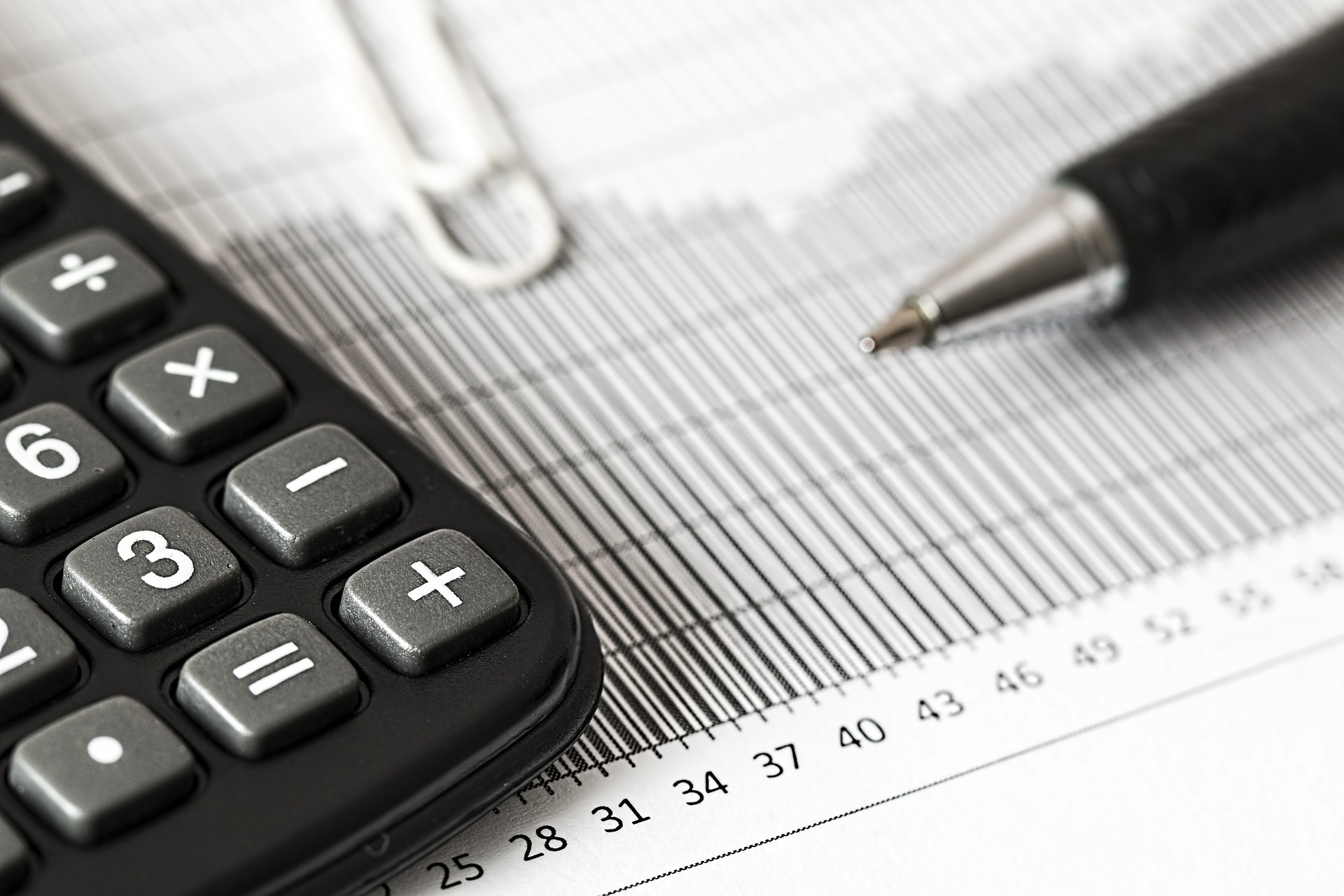As a single-store merchant, you live and die by your retail customer experience. Negative experiences drive customers away from your store, as well as all their friends and family and everyone else they tell about the crummy experience. You can’t afford that!
But consistently delivering a positive retail customer experience is no easy feat. Every interaction a customer has with your store and brand is important, including job card software:
- Marketing materials
- In-store employee interactions
- Online web store interactions
- Retail customer service
- Retail technology systems
It’s critical that you’re intentional in your interactions with customers at these and all touch points.
We’ve highlighted three tips to help you define and optimize your customer experience. By doing so, you’ll give your store an advantage that will turn regular customers into loyal customers and hopefully even advocates for your brand with hvac service software.
Champion a Customer-Centric Approach
The first step in designing a profitable customer experience is establishing a customer-focused mentality. Many enterprise businesses actually assign Chief Customer Experience Officers to lead these initiatives, as demonstrated by the CCO Council Advisory Board.
As a small business owner, you obviously don’t have the luxury of employing any Chiefs, let alone a dedicated experience officer. It’ll be you that has to lead the customer-focus initiative for your organization, which extends far beyond a simple “the customer is always right” mentality.
For retail customer service expert ehs software, creating a customer-centric culture begins with your employees. He offers some examples for how small businesses can instil a customer-centric attitude into the customer experience:
“Start with the end in mind,” he says. “What does the perfect customer service experience look like for your customer? From there, determine what will deliver that experience.”
“Once you define your customer [experience] standards, don’t encumber your employees with rules that get in the way. Instead, give them the power to do what it takes to meet and exceed those standards.”
Encourage your employees to learn from their experience and share their takeaways with each other. Even if your store only has a couple of associates, set a time once a week or month to “check-in” on your customer experience. This will help foster the spirit and expertise necessary to consistently improve experiences for every customer.
Build a Tangible Roadmap for Success
Once you’ve defined your ideal customer-centric culture, you can set up processes and implement tactics to instil that culture into daily operations.
Create a formal roadmap that defines the accomplishments you need to achieve success. A roadmap is a common strategy for larger retailer brands, but they have to take numerous business units and customer ngo accounting software into consideration.
As a small retailer, you have an advantage in your size. You probably interact with all the parties invested in your retail customer service and experience on a daily basis. This will make the process much easier and ensure the roadmap stays true to your unique brand.
Defining a roadmap is crucial because it provides employees with tangible steps to achieve seemingly intangible improvements.
Processes on your roadmap could be as simple as ensuring every customer is greeted upon entrance. Or, you may need to employ a few more associates to roam your aisles with mobile field service management software systems to conveniently checkout customers.
Regardless of the steps in your roadmap, it’s important to keep in mind that this effort must be continuous—day in and day out—as well as adaptable. Customer experience strategies need to be living processes that change over time in response to new information.
Again, your size is an advantage when it comes to being nimble and agile with your experience strategy. You can easily roll out new and/or revised processes without the need to inform many employees.
However, understanding which process to revise and improving the overall customer experience in general requires continuous measurement of your processes. To do this, you’ll need to set up measuring tools.
Invest in the Technology Necessary for Success
As you can see, and probably already know, there are a tonne of moving parts to your store. But each and every part is as critical as the next to ensure consistent and positive customer experiences. That’s why it’s important to have a central system to view and manage all your store’s various processes.
Most ERP Software systems on the market today can help you manage at least five crucial parts of your retail business:
Sales reporting and analytics
- Quantify your customer experience initiatives to monitor success
- Determine your most valuable customers to increase their loyalty
- Pinpoint top-selling and highest grossing products
Customer management
- Record customer profiles to personalize future experiences
- Track purchase histories to send targeted deals
- Establish a formal loyalty program
- Promote and reward customer advocacy
Employee management
- Monitor basics like shift scheduling and hours worked
- Automate commissions pay outs for sales associates
- Engage employees with motivational content through internal channels
Inventory management
- Automate the tedious task of monitoring and counting inventory levels
- Set up automatic ordering once stock levels reach set totals
- Provide an in-depth catalogue to help customers overcome out-of-stock incidences
Point of sale
- Reduce human error by auto-assigning pricing with barcode scanning
- Ditch the typical checkout counter and process sales anywhere with a mobile CRM Software
- Stay current on payment trends by offering EMV-enabled, contactless payment options
What Are Your Next Steps?
For revamping your small retail customer experience, you have to first define what you want your store’s experience to look like. This definition will be a combination of your brand mission, products, purchasing process, and target customer(s). Consider all of these equally when determining your ideal brand.
For information about the best POS systems for your business, visit our catalogue of top manufacturing software systems. You can read reviews and get familiar with the top-rated POS systems.
After that, you can take advantage our free POS consultations. Simply complete our retail questionnaire and one of our expert POS advisors will provide a shortlist of ERPNext systems that are best for you.





















+ There are no comments
Add yours